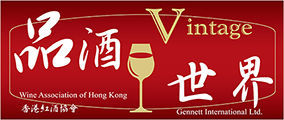Bordeaux
La Croix de Beaucaillou 2012寶嘉龍十字紅 2012
R.P. 89 pts.
The 2012 La Croix de Beaucaillou has a reserved but clean and focused bouquet of earthy black fruit, tobacco and a touch of bay leaf. It just needs a little more vigor. The palate is medium-bodied with fine tannin. There is an attractive pencil lead note, fine balance with quite a long tail on the finish.
HK$430.00
La Croix de Beaucaillou 2016 寶嘉龍十字紅 2016
W.A. 92pts.
Medium to deep garnet-purple colored, the 2016 La Croix de Beaucaillou gives up aromas of cassis, earth, black plums, black cherries and mulberries with wafts of menthol, cigars and crushed rocks. Medium to full-bodied, the palate is lively and earthy with firm, grainy tannins, finishing long and mineral-laced.
HK$380.00
La Dame de Montrose 2010玫瑰山莊園副牌 2010
R.P. 94 pts.
A superb second wine, opulent and substantively textured, it shares more in common with a flamboyant, exuberant year such as 2009 than most 2010s. Dense purple, its oodles of fruit, luxurious mouthfeel and terrific finish make it a sleeper of the vintage.
HK$520.00
Chateau Bellevue St. Emillion 2015
HK$480.00
Chateau Chasse Spleen 1996
HK$830.00








